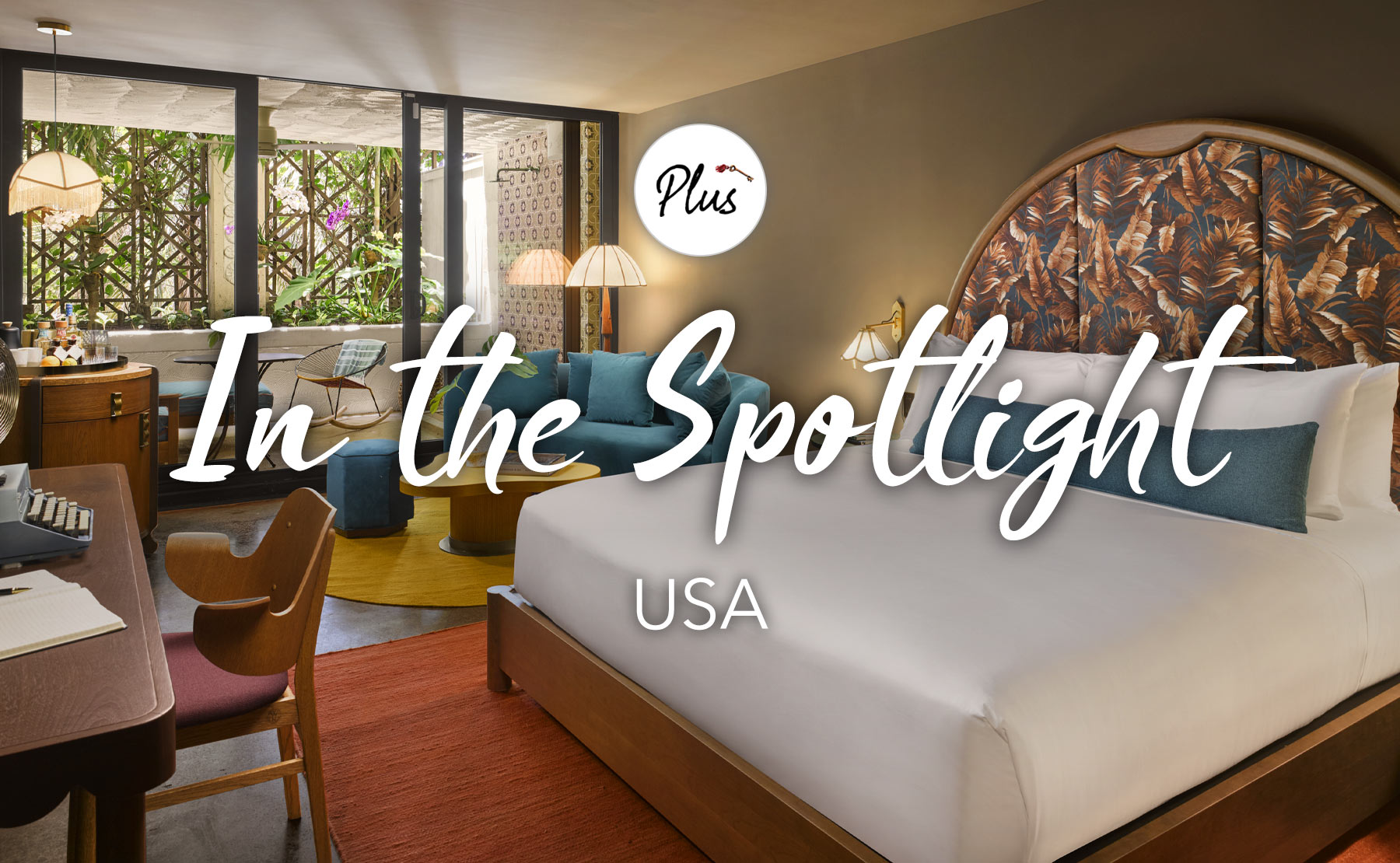
Click on the hotels below to see the perks and privileges they’re currently offering. Click here to learn more about Tablet Plus.
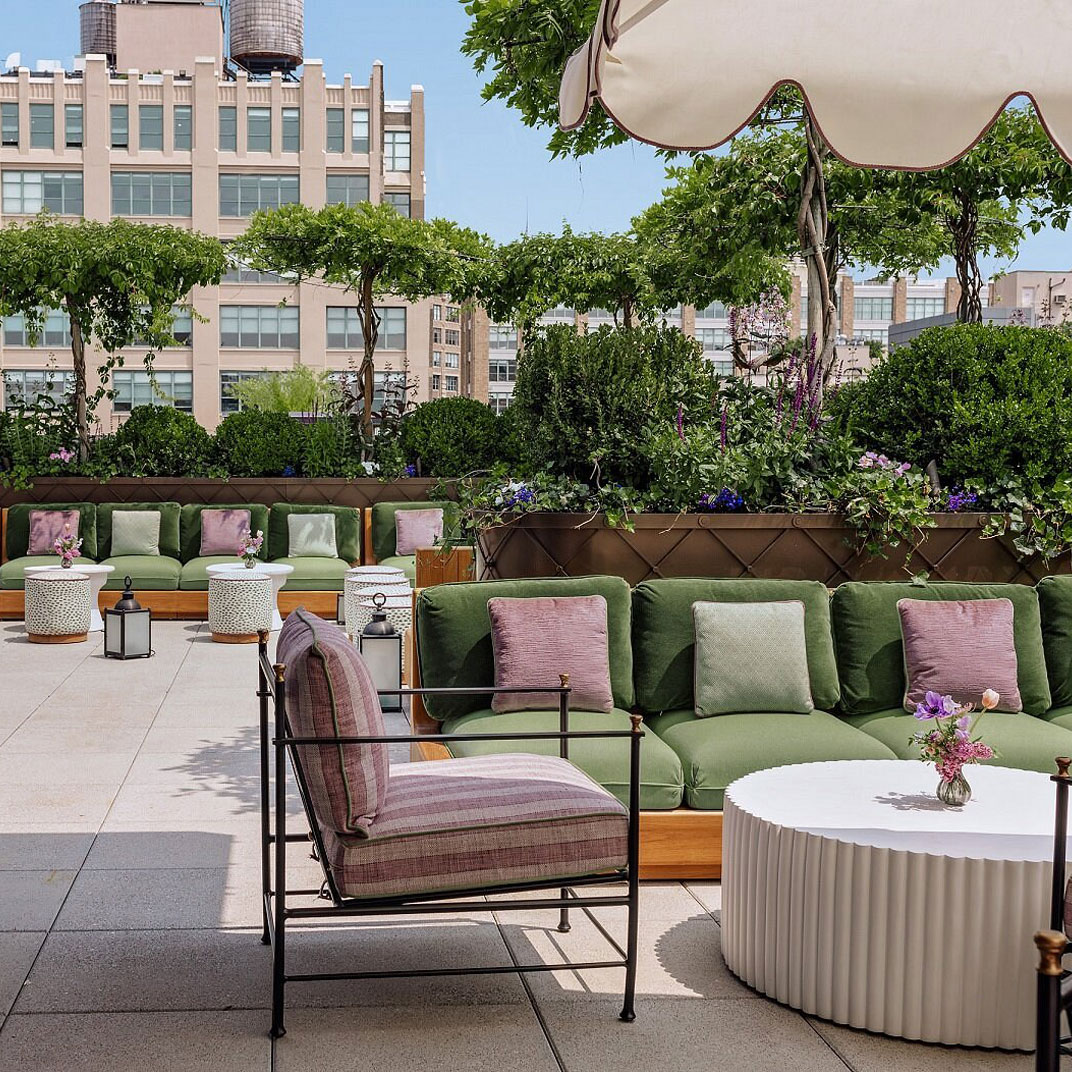
Hotel Barrière Fouquet’s New York
New York City, NY
Hotel Barrière Fouquet’s New York is a combination of two well-loved phrases we never thought we’d see together; the Parisian luxury hotel brand has indeed set up shop in Tribeca, marrying some very French Art Deco–inspired interiors with a post-industrial brick structure that could hardly be more Lower Manhattan. The result, as you might imagine, is a hit in both the fashion and food worlds, and gets to the heart of what people love about both Tribeca and Paris.

The Source Hotel
Denver, CO
Denver’s River North arts district — RiNo for short — is the city’s latest urban-redevelopment success story, and the Source Hotel is an important part of its evolution. It’s an ultra-contemporary building on the site of an old iron works, in a neighborhood that was fairly recently an industrial one. And within its walls are 100 modernist-inspired boutique hotel rooms that wear this industrial heritage on their metaphorical sleeve — polished concrete and Baltic birch meet simple Japanese-inspired furniture and, in some rooms, rolling garage-door-style windows that can be fully opened to the crisp Colorado air.
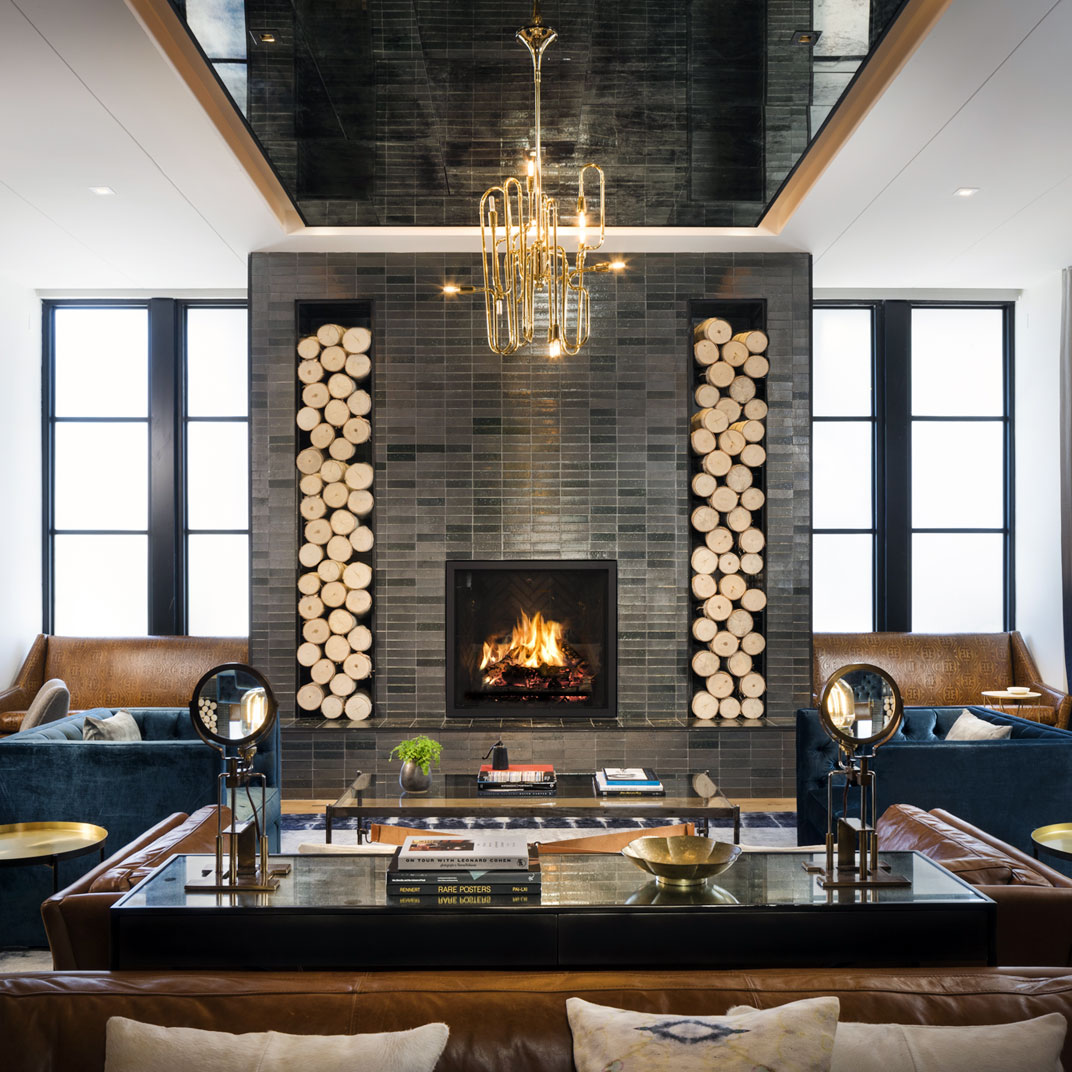
Hotel Van Zandt
Austin, TX
As Austin continues to boom, its boutique-hotel scene grows ever more ambitious — just a decade or two ago something like the Hotel Van Zandt would have been unthinkable. But now it fits right in: polished and imposing public spaces, plush guest rooms, and plenty of local color, including numerous tributes to Austin’s famous music scene.
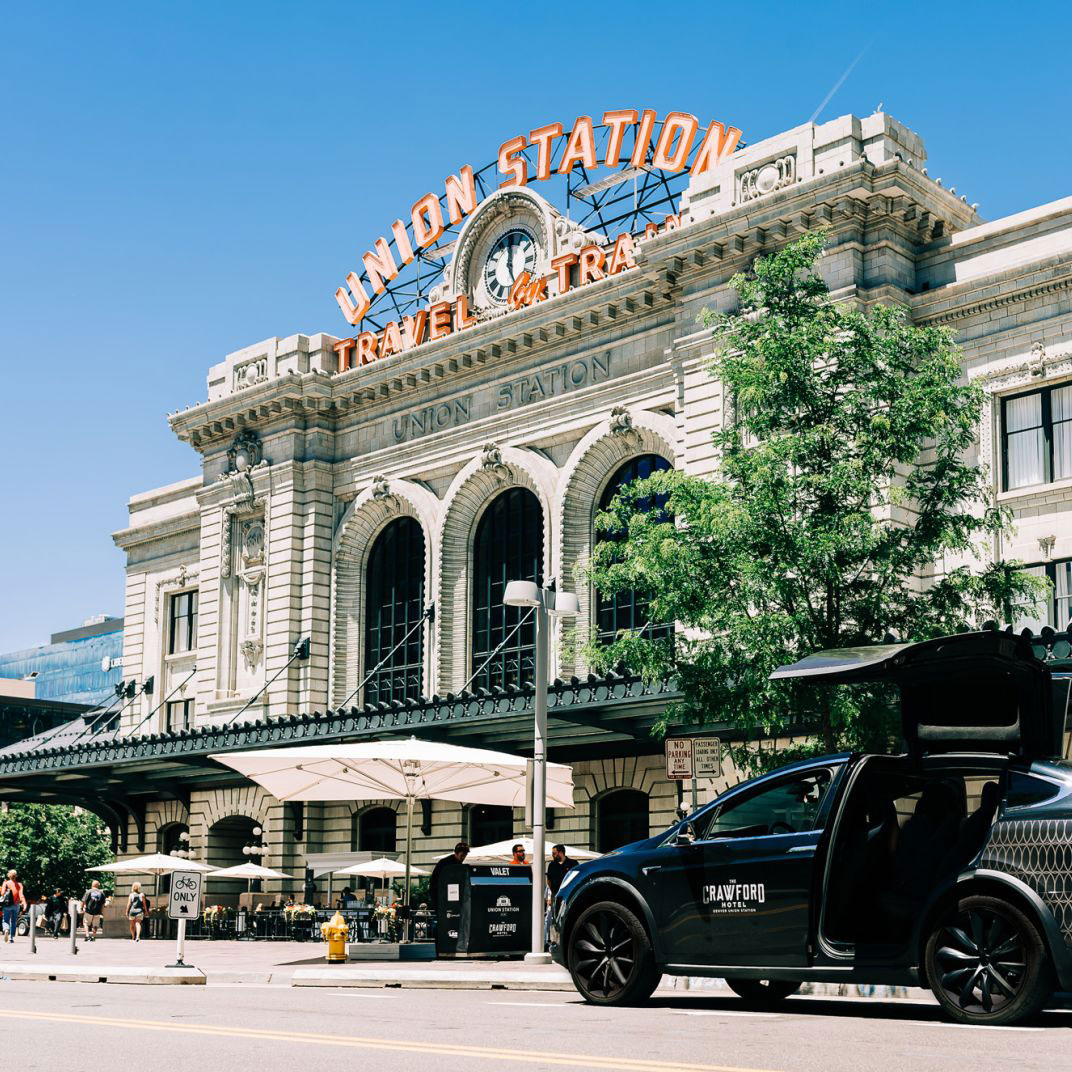
The Crawford Hotel
Denver, CO
Thanks to a wave of redevelopment, downtown Denver’s once-neglected Union Station finds itself surrounded by action in a way it hasn’t been for more than half a century. LoDo, short for Lower Downtown, has brought life back to the city center, and this Beaux-Arts monument deserved to be more than a footnote in transportation history. Now it’s an authentic downtown gathering place, as well as the home of the Crawford Hotel, a 112-room boutique hotel whose lobby still does double duty as a waiting room for rail passengers.
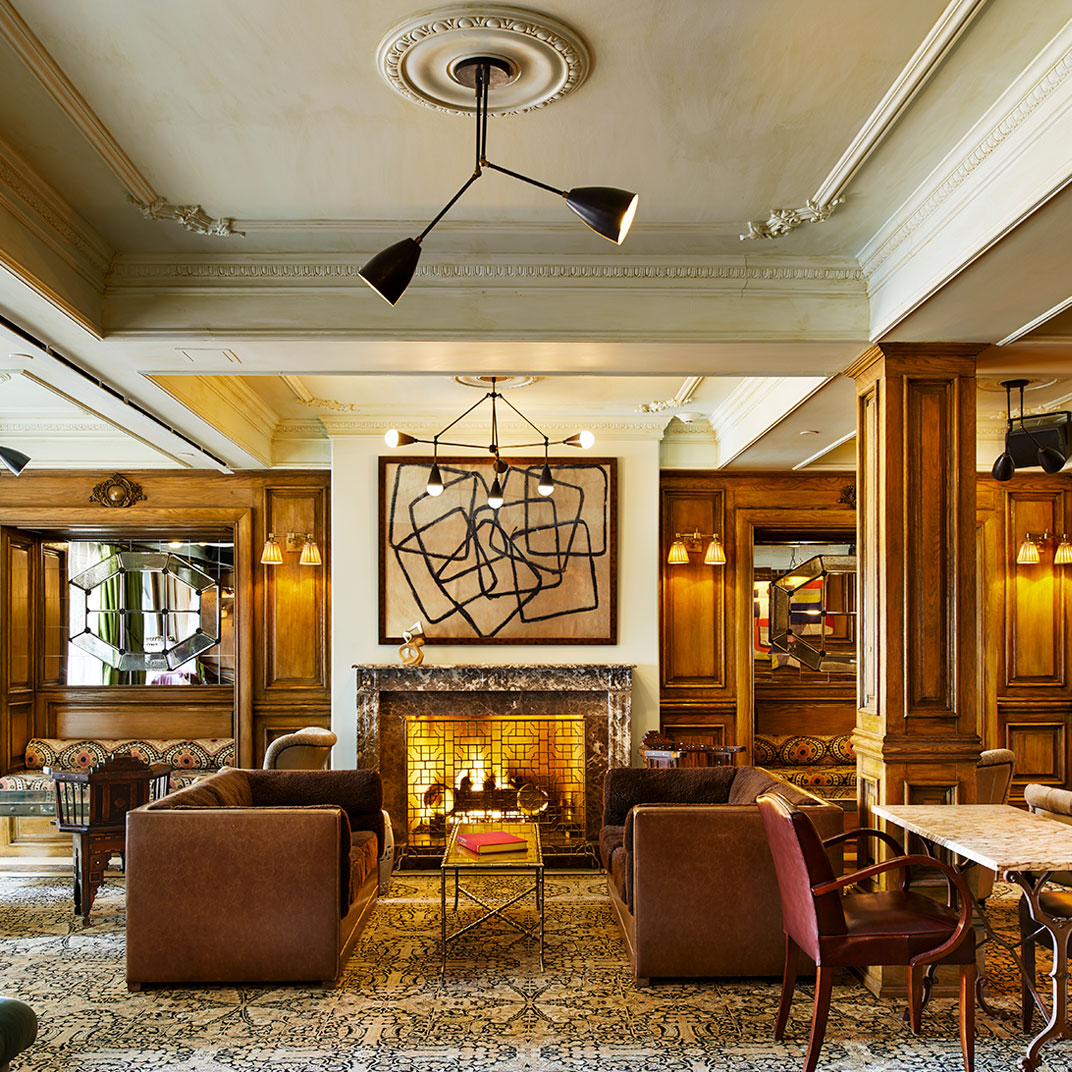
The Marlton Hotel
New York City, NY
In the boutique-hotel world, what’s old is new again. In New York Sean MacPherson’s hotels were among the first to turn away from glossy, futuristic minimalism and towards something with a bit more retro romance. So the historically inspired Marlton, the century-old Greenwich Village hotel which once hosted the likes of Jack Kerouac and Julie Andrews, is perfectly in character.
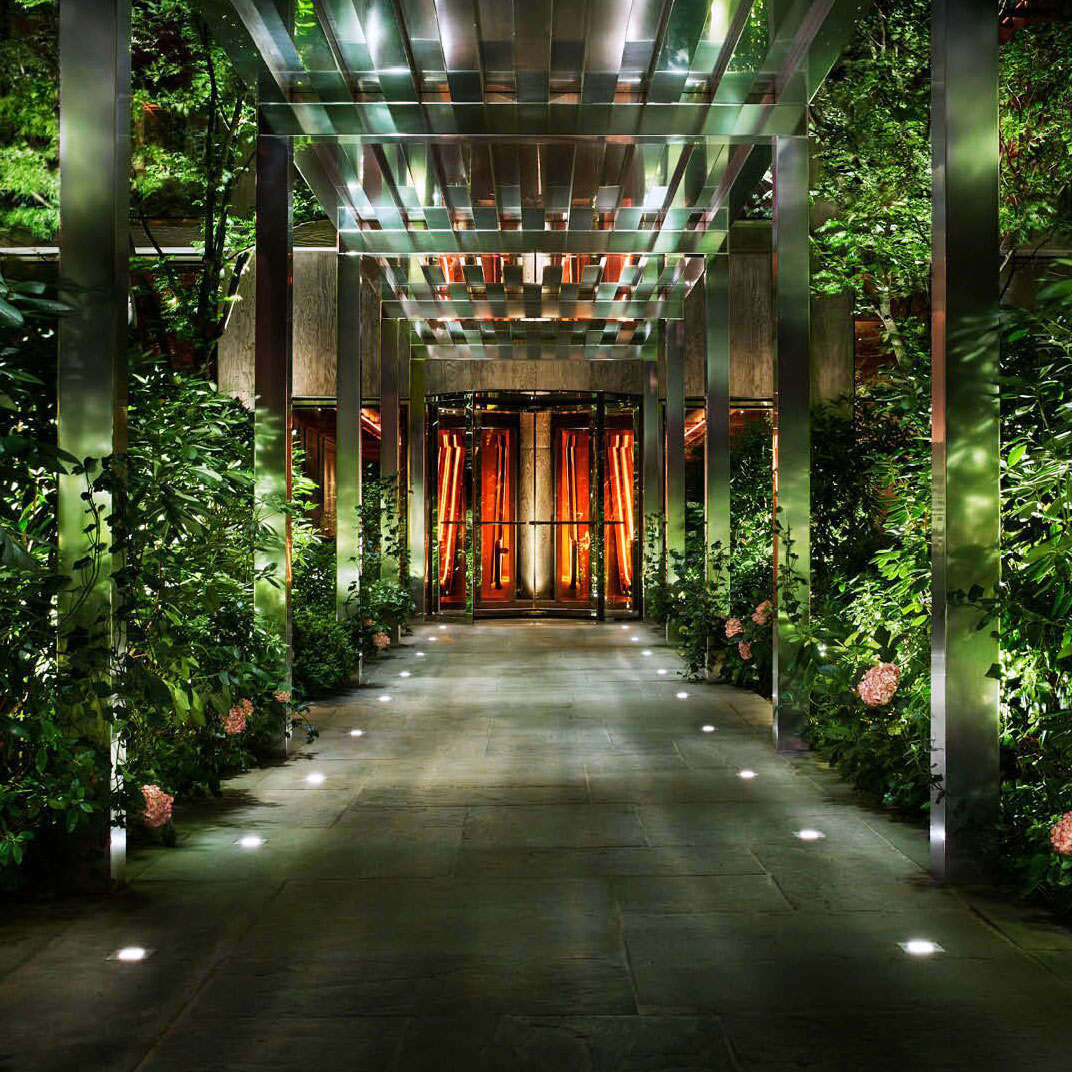
PUBLIC Hotel
New York City, NY
Ian Schrager is at it again. The boutique-hotel innovator has always been ahead of the curve, and with his nascent PUBLIC brand it’s apparent he’s caught on to something the world’s luxury hoteliers have failed to notice: inclusive is the new exclusive. There’s a little hint there in the name, of course, but it’s apparent that from bottom to top, a place like New York’s PUBLIC is meant to be warm, open, and welcoming — without sacrificing style or excitement. There’s no front desk, but fear not: when you arrive, one of the hotel’s “PUBLIC advisors” will find you and check you in.
Beacon Grand, A Union Square Hotel
San Francisco, CA
The hotel formerly known as the Sir Francis Drake is back in business after a very thorough renovation; Beacon Grand, A Union Square Hotel is a welcome re-addition to a city that just doesn’t feel complete without a proper grand hotel presiding over the corner of Powell and Sutter. And while the updates are significant, they haven’t papered over the details that connect this hotel with San Francisco’s history — the lobby is as ornate as ever, the top-floor Starlite Room still offers its famous panoramic view of San Francisco’s hills, and there are still some Prohibition-era secrets if you know where to look.
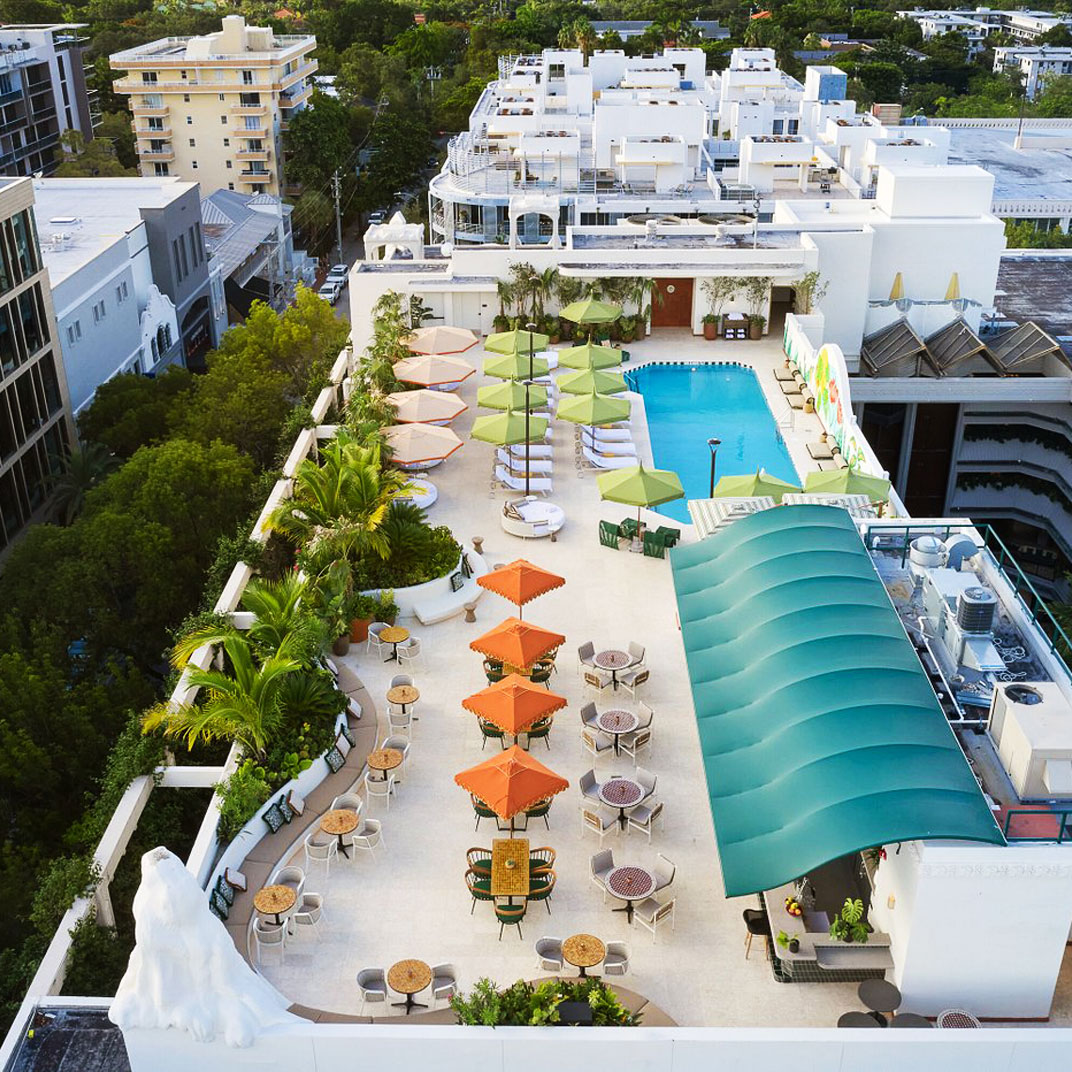
Mayfair House Hotel & Garden
Miami, FL
Mayfair House Hotel & Garden offers a different perspective on a familiar destination. It’s set neither in glitzy Miami Beach nor in a Downtown Miami skyscraper but in Coconut Grove, the upscale village-like arts and entertainment district along the coast a few minutes to the southwest of downtown. The original Mayfair is an uncommonly stylish 1980s icon by architect Kenneth Treister, and it’s been reverently updated by Goodrich NYC into the hotel you see today: the Mayfair House Hotel & Garden.

Casa Duro
Dallas, TX
On Lower Greenville Avenue in Dallas is something genuinely surprising: a restaurant, Sister, and a café, Duro, both “Italianish” in concept, and both by the small but highly regarded Duro Hospitality Group. They’re remarkable for their quality and also for their authentically European atmosphere, something that’s not exactly common in this town. And upstairs from both is a hotel that, if we’re honest, might be too small to be properly considered a hotel: Casa Duro, a three-room guest house, or a trio of apartments, by the same owners, where their appetite for Italian culture is allowed to run wild.

Canyon Ranch Woodside
Woodside, CA
More than a few high-end lodgings claim to offer something more than simply a luxury-hotel stay, but Canyon Ranch makes perhaps the most persuasive case. You certainly don’t grab a room for the night at their iconic Tucson resort just because you’re passing through town without a place to sleep. And you don’t end up at Canyon Ranch Woodside, the brand’s smaller, retreat-focused property on the mountainous San Francisco Peninsula, without a bit of advance planning.
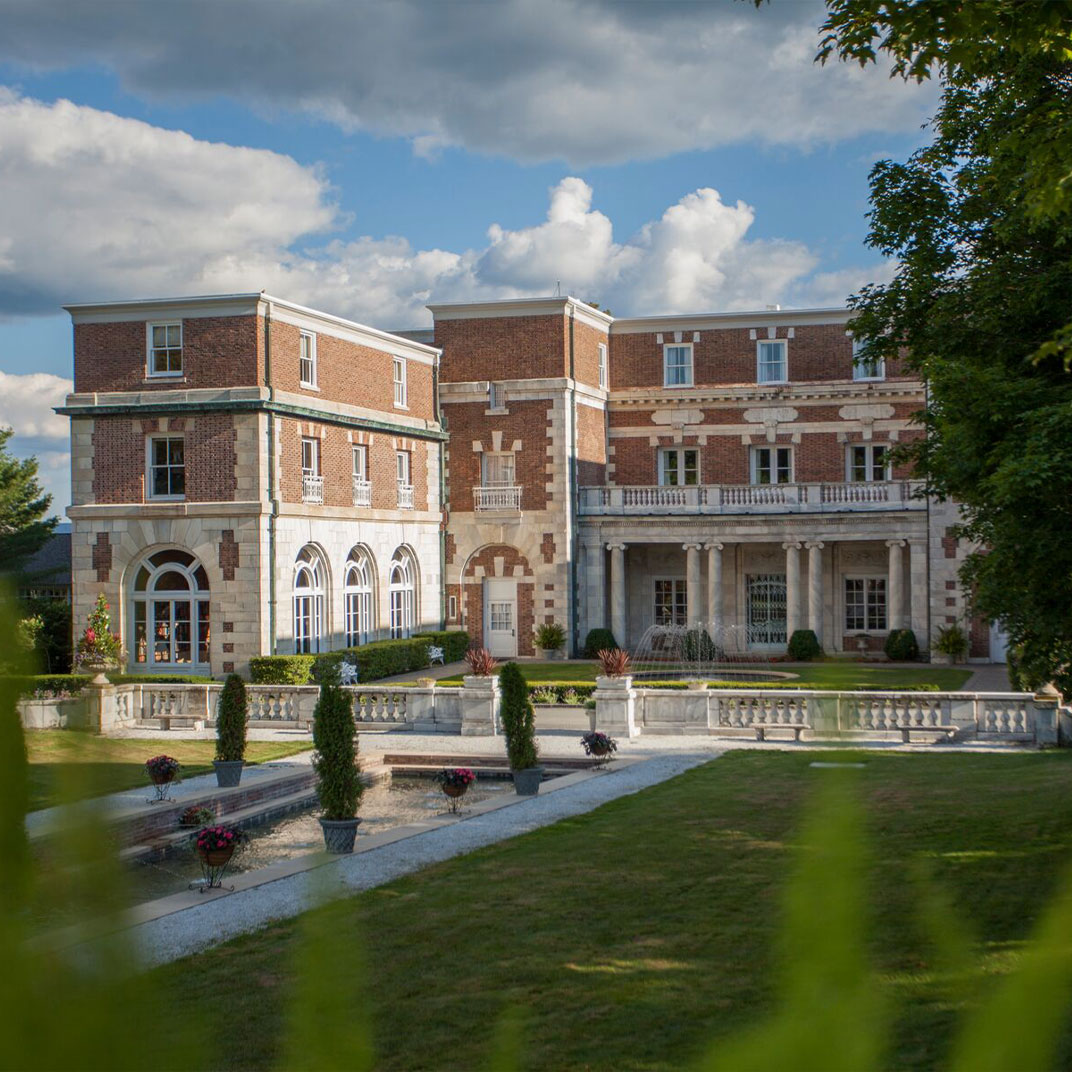
Canyon Ranch Lenox
Lenox, MA
The sequel to the original Tucson, Arizona installment, Canyon Ranch Lenox necessarily differs when it comes to local details. The setting, obviously, is not the Sonoran desert but the Berkshires of western Massachusetts; guests arrive to an opulent 19th-century mansion, formerly a Jesuit seminary. And the clientele, though global, is more likely to hail from New York and Boston than Los Angeles and Phoenix.
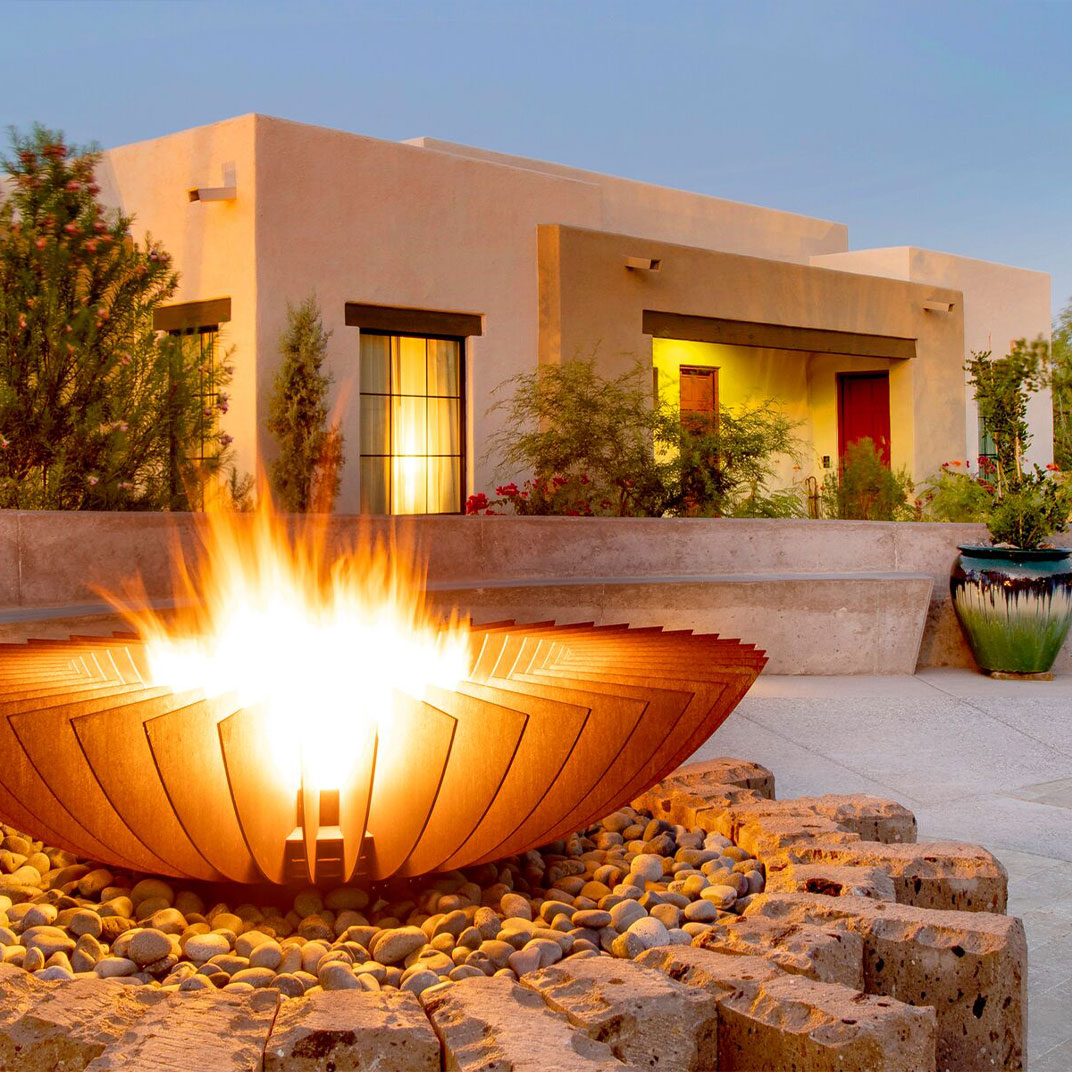
Canyon Ranch Tucson
Tucson, AZ
To say that Canyon Ranch Tucson is an all-inclusive spa and wellness resort is a bit like saying the Beatles were a rock band from Liverpool — it’s certainly accurate, but it leaves out both of their central roles in defining their genres, as well as the significance of their continued influence on the form. Founder Mel Zuckerman opened Canyon Ranch Tucson at the tail end of the seventies, seeking to replace the somewhat punitive approach of the health spas of the day with something more positive, more empowering, and more spiritually transformative.
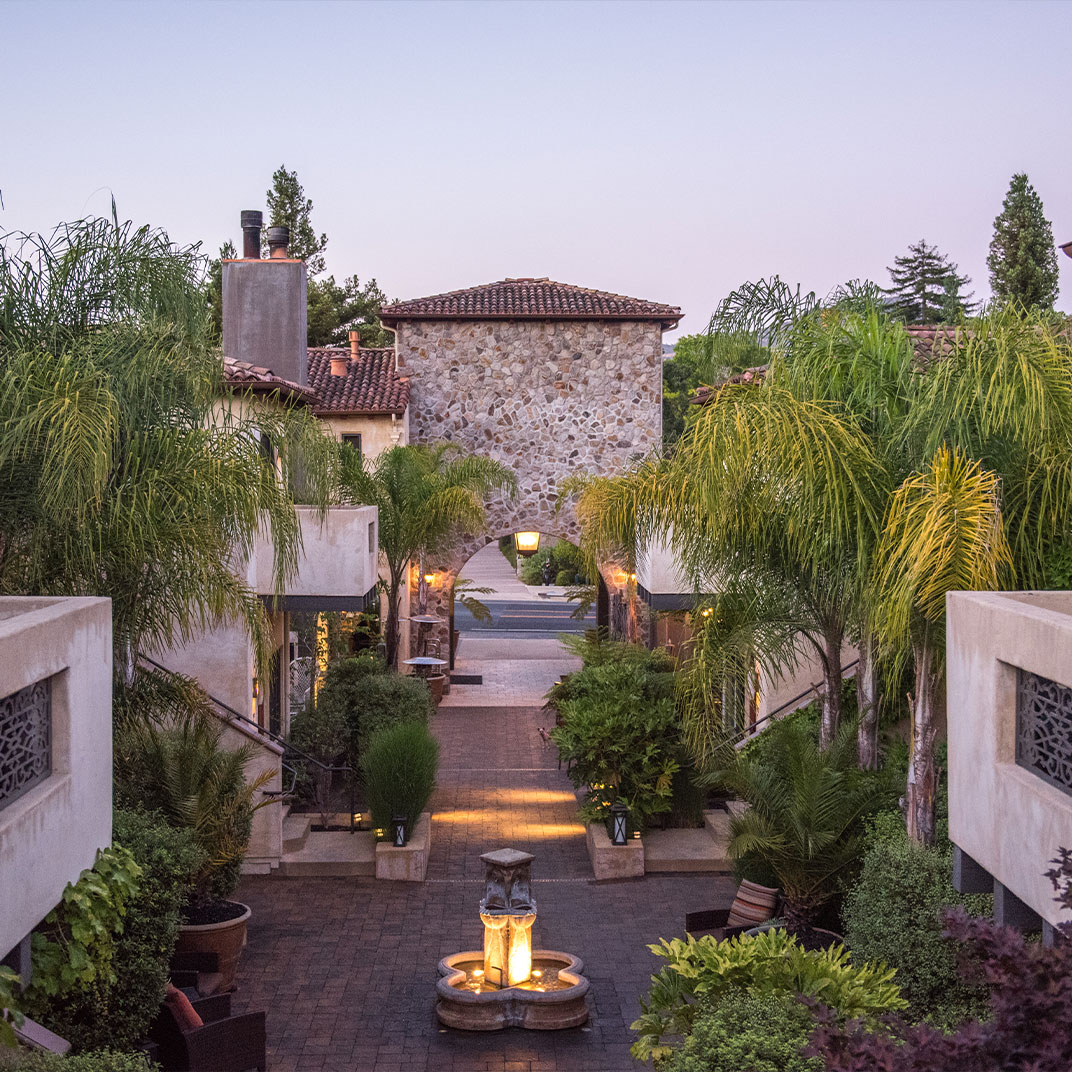
North Block
Yountville, CA
Yountville, California has what might be the highest concentration of fine restaurants per square mile anywhere in North America; a boutique hotel in this Napa Valley town is virtually guaranteed to combine a strong culinary foundation with a well-thought-out wine program and a wellness-focused approach to luxury. So it is with North Block — the specific keys to its appeal, as always, are in the details.

The Asbury Hotel
Asbury Park, NJ
It’s been a long time since the storied seaside town of Asbury Park was as uncomplicatedly pleasant as it is today, and the Asbury Hotel, a block from the famous boardwalk, aims to weave together the Jersey Shore’s Victorian-era history, its more recent rock-and-roll reputation, and the straightforward beachy fun that any seaside town aspires to.
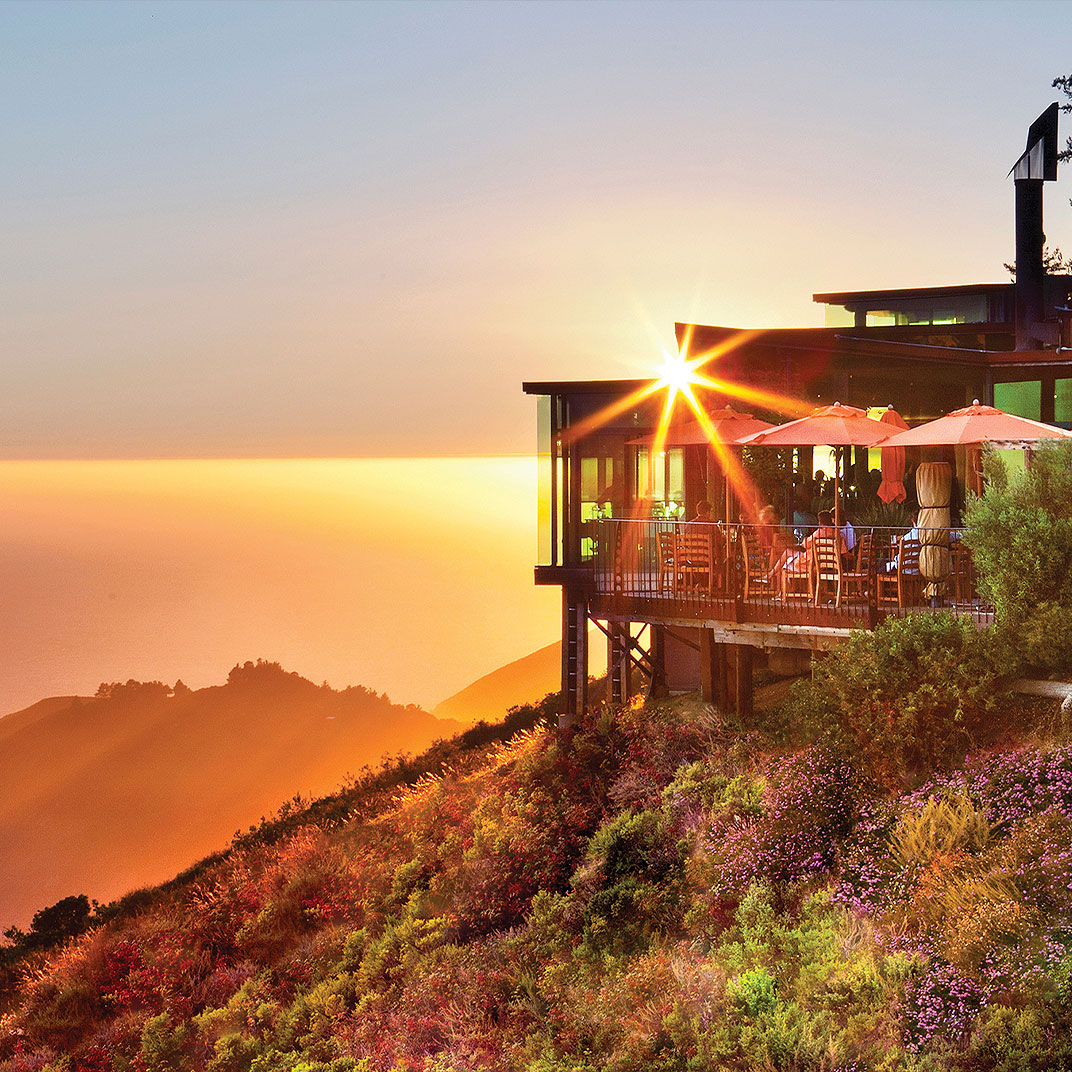
Post Ranch Inn
Big Sur, CA
Post Ranch Inn is blessed with one of the most extraordinary locations on the face of the earth, a place of such breathtaking beauty it’s hard to believe it’s even accessible by mere automobile-driving mortals. Big Sur is the most scenic destination along California’s most scenic drive, Highway 1, which links Los Angeles with San Francisco and features such curiosities as Hearst Castle and Steinbeck’s Monterey along the way.
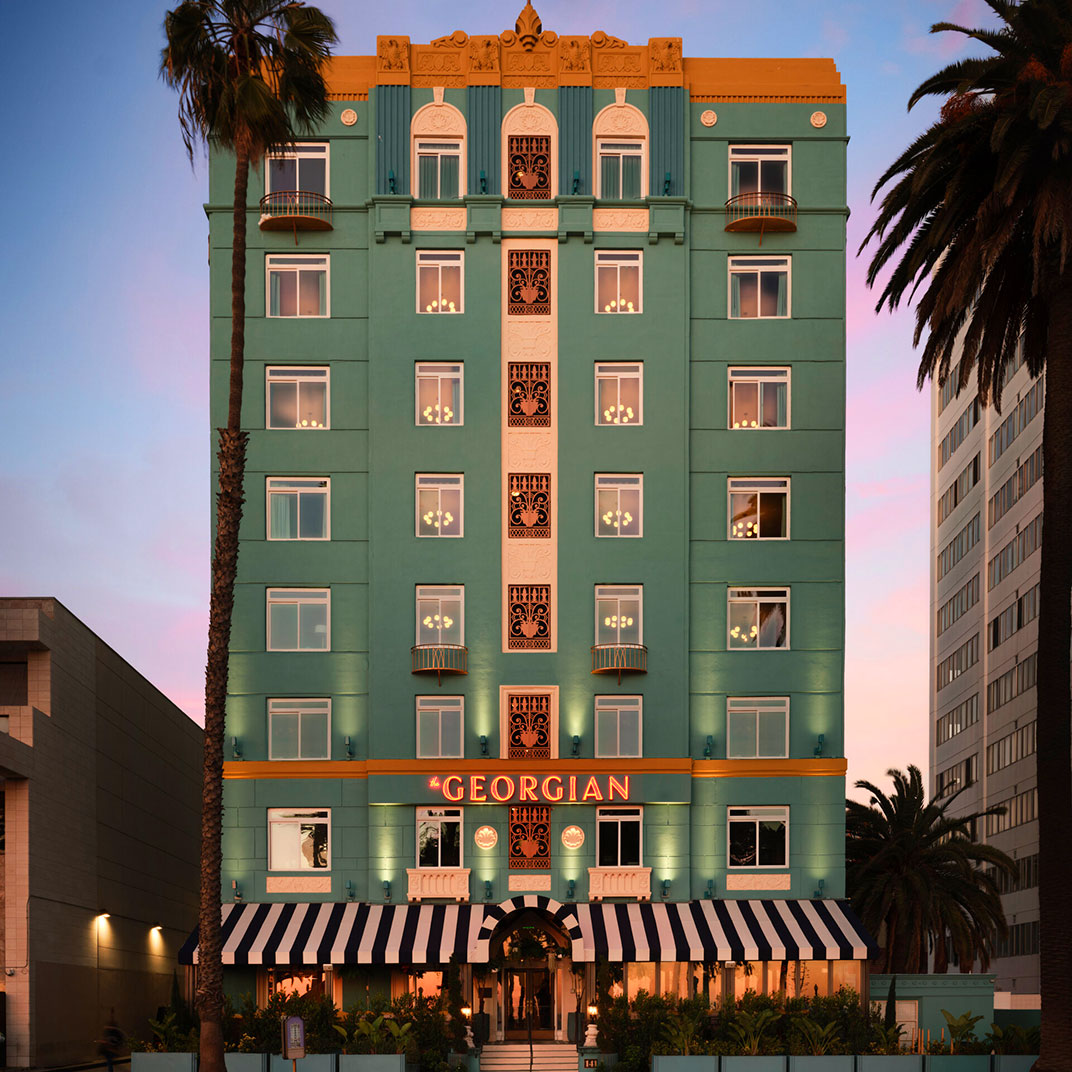
The Georgian
Santa Monica, CA
A rare piece of Old Hollywood glamour in modern Santa Monica, the Georgian is nothing if not distinctive — this turquoise-and-gold Art Deco mini-skyscraper stands prominently on Ocean Avenue. Its history since its Thirties opening is not unbroken, but under new owners — and with the help of some skilled local designers — it’s been restored to an approximation of its former glory, and it immediately established itself as one of Santa Monica’s hippest hotels.
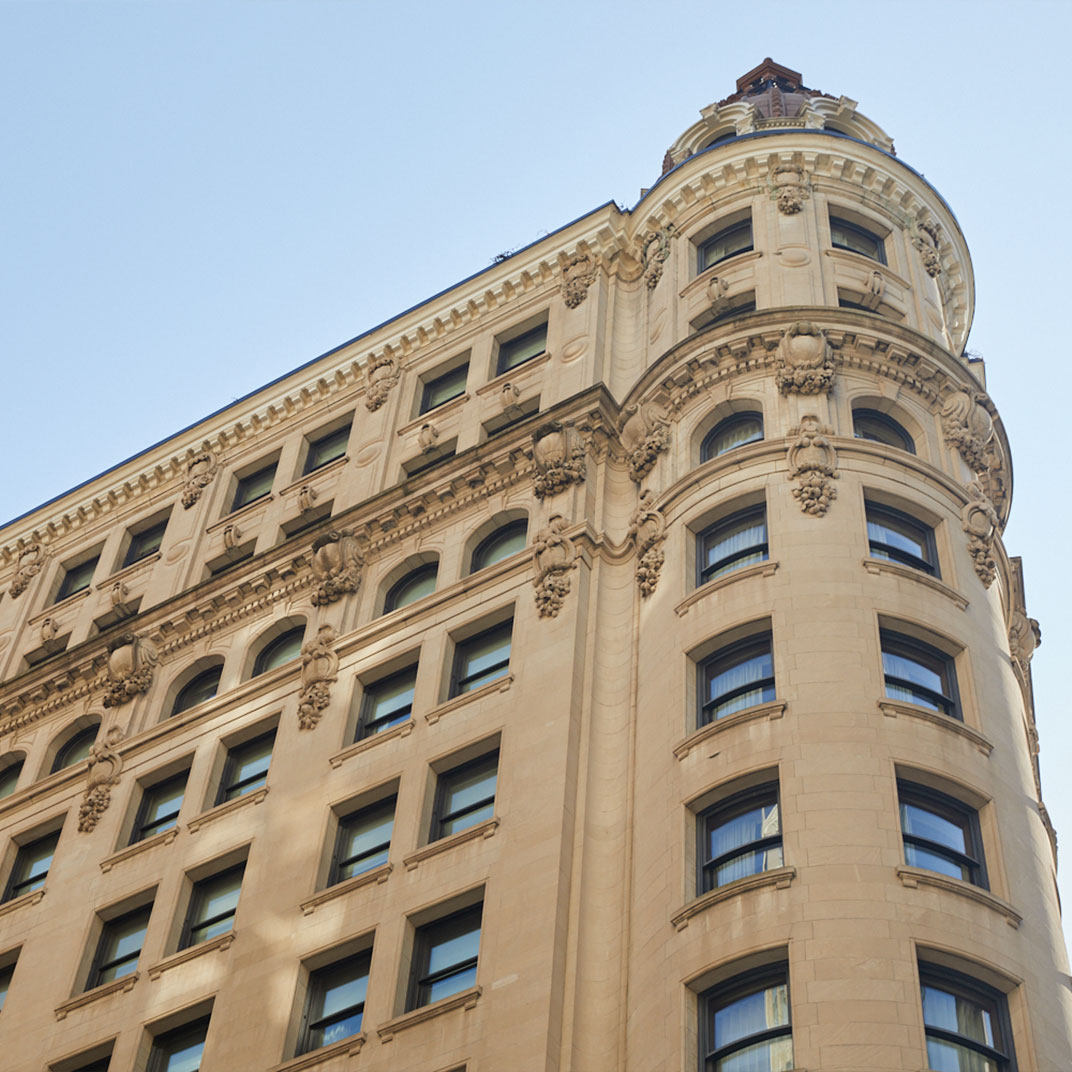
The Ned NoMad
New York City, NY
Broadway’s 1903-vintage Johnston Building was, in an earlier incarnation as the NoMad Hotel, instrumental in putting this neighborhood on the map for present-day New Yorkers. And now it’s the site of another step in the neighborhood’s evolution: The Ned NoMad, a members’ club and luxury boutique hotel that’s sister to the original Ned in the City of London.

The Palmetto Hotel
Charleston, SC
Charleston, South Carolina is, by any measure, one of the most picturesque cities in the United States, and the city’s historic French Quarter is one of its most attractive neighborhoods. It comes as no surprise, then, to learn that this neighborhood is home to one of Charleston’s most stylish boutique hotels. The Palmetto Hotel brings the charm of Charleston’s elegant mansion-style hotels to a decidedly urban setting, steps from the waterfront; though the hotel is surrounded by the unmistakable buzz of city life, within its walls the atmosphere is reminiscent of a stylish country house, a luxe, self-sufficient escape.


